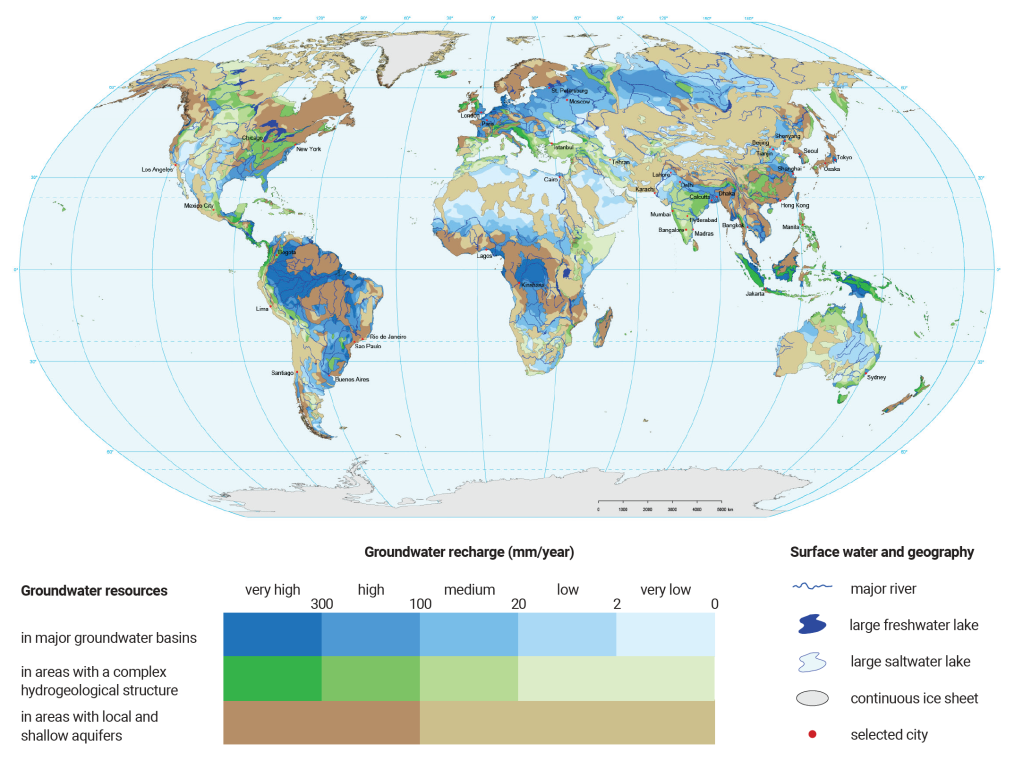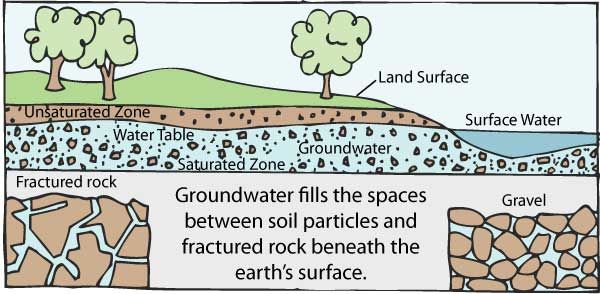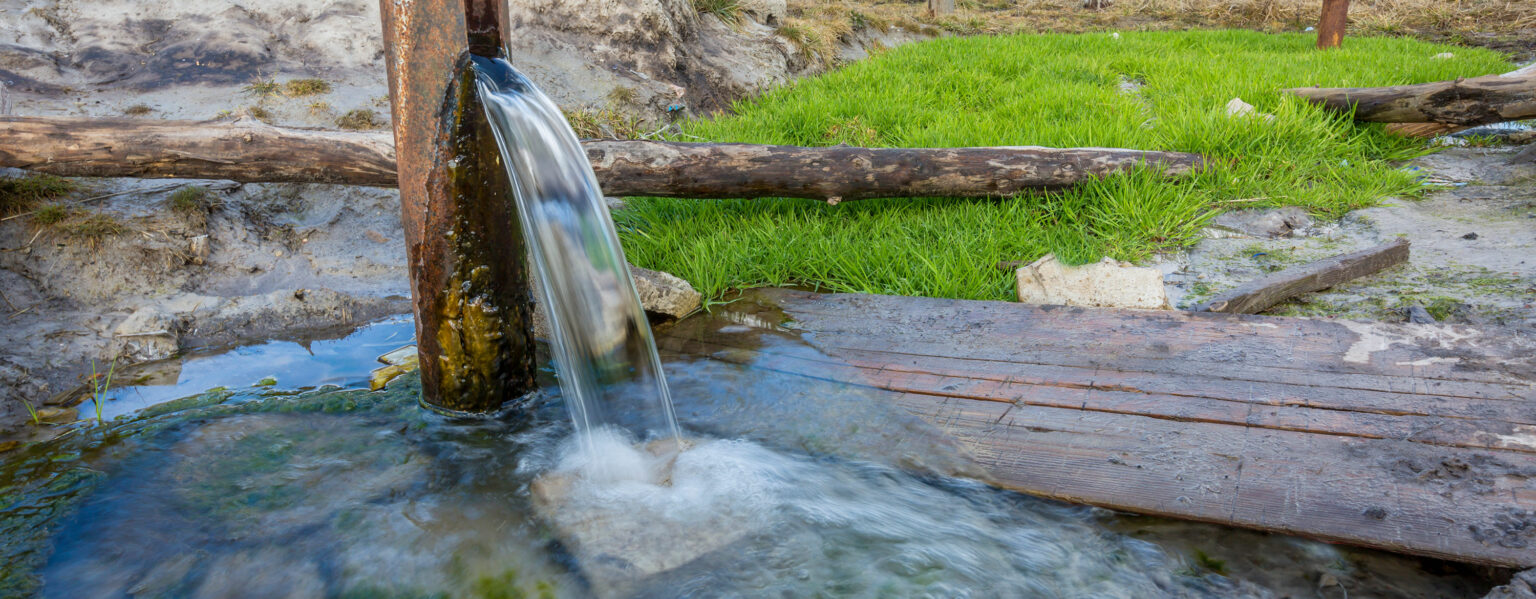The 2022 UNESCO United Nations World Water Development Report encapsulates global concern about the fast increase in freshwater withdrawal from streams, lakes, aquifers, and man-made reservoirs, approaching water stress, and water scarcity being experienced in many regions of the world including India.
 Source: UNESCO
Source: UNESCO
Growing Water Stresses
According to the Water Scarcity Clock, an online interactive tool, nearly two billion people currently reside in nations experiencing acute water stress, and this number will continue to rise.
West, central, and some sections of peninsular India are among the most water stressed and water scarce regions in the world, according to the 2019 Global Drought Risk and Water Stress map.
More than 600 million people in India are experiencing moderate to severe water scarcity, according to the NITI Aayog report “Composite Water Management Index” (2018).
Transboundary water transfer between rural and urban areas has increased in numerous countries since the early twentieth century. A 2019 study article estimates that metropolitan water infrastructure imports 500 billion litres of water every day, with the distance covered by these pipes being 27,000 kilometres.

Groundwater foundation
Urban Water Use
According to the 2011 Census, India’s urban population accounted for 34% of total population, dispersed throughout 7,935 towns of various classes.
The urban population in India is anticipated to hit 40% by 2030 and 50% by 2050. (2018 World Urbanization Prospects)
Rapid urbanisation in India, as well as elsewhere, will increase per capita water use. It will place further strain on already depleting water resources.
More urbanisation will result in increased groundwater discharge from neighbouring areas, which will have an impact on agriculture in megacities.
Megacities in water-stressed areas will be forced to rely on canals rather than ground water extraction.
Inter-state water use through river-water canals will exacerbate tensions between governments over water sharing.
Increased human population means more water pollution flowing from sewers into rivers and the sea. It will become more difficult to reuse unclean water.
Groundwater Retention
Since groundwater is typically abstracted for drilling purposes, it has been under a lot of pressure recently, and not just in India. Climate change is another topic that has been brought to light. So, let’s learn about the long-term viability of groundwater. The complete groundwater storage and sustainability, ecosystem must be comprehended. Therefore, we extract groundwater for various uses, including agriculture, industry, and domestic consumption. A sustainable groundwater environment requires a trade-off between pumping and natural processes like snowmelt and rain. We can now understand that this is a result of climate change and other anomalies. The water table drops when the loss of groundwater exceeds the inflow of fresh water. This accusation is based on the practice of removing water from its natural source for the sole intent of human use. Due to groundwater depletion in particular metropolitan regions, agriculture relies heavily on irrigation and groundwater use for industrial uses. So, it’s clear that we need to use a lot of energy to pull water from the ground. And because of his regular rainfall, it has also led to the development of various motor ecosystems, like reverse bonding aquifers, etc.
Climate change has further exacerbated the situation,rainfalls have been considerably reduced. These are the most important places to find water. Rising sea levels are another major impact of climate change. What this means is that seawater is now present in aquifers along the coasts due to both climate change and sea level rise.
Aquifer is a mass of water-filled pores in the earth, and aquifers fill up with rainwater that seeps through the ground. As a result, salty seawater has been introduced into the regular aquifer system or into the coastal aquifers as a result of rising sea levels. Additionally, climate change and the drying up of aquatic ecosystems have contributed to the contamination of groundwater. Since groundwater levels are falling, water management is essential.
There is now a pressing need to locate dry regions with substantial groundwater extraction requirements. In addition, the groundwater level in the area must be taken into account in order to ensure the continued and sustainable extraction of groundwater. Additionally, there is a need to equalise the use of groundwater, particularly between rural and urban regions, since the depletion of groundwater will put a lot of stress on the usage of water as urbanisation continues to rise, and in this case, sharing water, even with neighbouring states, may be an alternative and reusing groundwater presents a necessity for recycling that resource.













